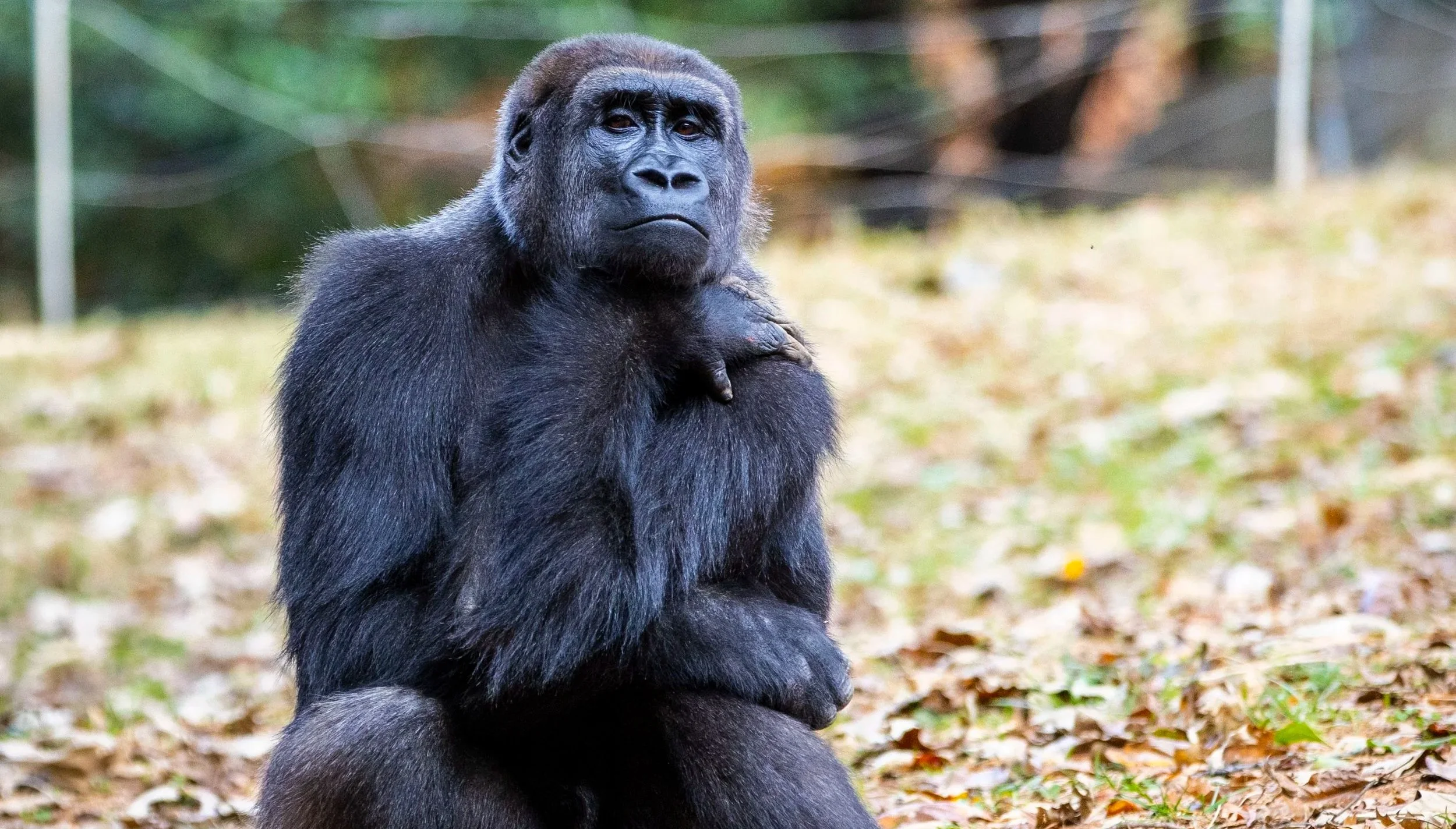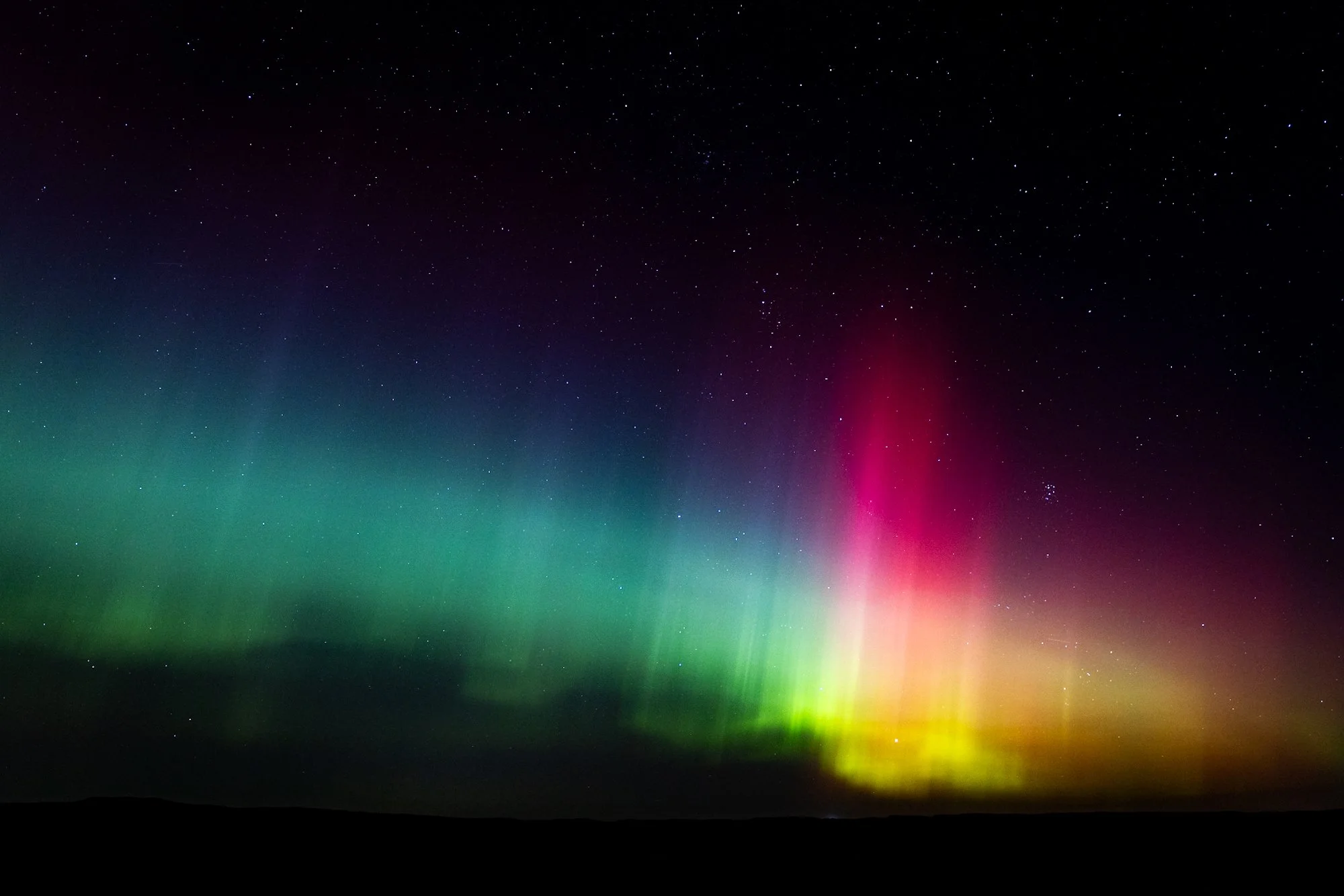The Myth of Human Inevitability and Superiority
The notion that human beings sit proudly at the apex of the evolutionary process does a profound disservice not only to ourselves but the world around us. It is a notion born of religious exceptionalism and stone cold hubris, and one we must outgrow (evolve?) if we are going to survive the enormous changes that come with exponential population growth and poor leadership.
Oregon's Geologic History on the John Day River for OPB Field Guide
Earlier this month, I did a four day float of the John Day River for to run camera for Oregon Public Broadcasting’s beloved program Oregon Field Guide with Ian Madin, Ouzel Outfitters, and an awesome group of geology enthusiasts.
Mountainfilm 2025 in the Books!
I first came to Telluride on a tour bus as a college student from Michigan. Twenty years later, I've now attended the Mountainfilm Festival 15 times, spending the majority of my Memorial Day weekends in that enchanted box canyon.
THE CUTTING EDGE Podcast
For a really long time, climbing was the most important thing in my life.
Latest VIP Interviews for the AAC
Long before the term "sport climbing" was coined, American climbers had a contentious relationship with bolting on rapel and "hang dogging," or the practice of rehearsing a climb from bolt to bolt in order to piece together a red point.
Artificial Intelligence in Creative Industries
As an English Literature major in college, on exam day I would head to the book store and pick up an authorized Blue Book. This ensured there were no notes, passages, or otherwise illicit content that I could draw from in my exam.
The Militarization of Conservation
Conservation is complex. Attempts to simplify it do no favors for either side of the conflict, and yet that is what constantly happens in the media coverage that surrounds it. Look a little closer, and conservation manages to defy traditional politics, drawing support and ire in equal measure from both the left and the right. And yet, it unites these opposing sides of the aisle over a singular goal, however much they might disagree on how to reach it.
Tom Hornbein
Tom Hornbein, one of my personal heroes and a dear friend, passed away at his home in the spring of 2023.
Wild & Scenic Film Festival - Filmmaker Feature
The Wild & Scenic Film Festival in Nevada City, California is one of my favorite in the country, in a place that I’ve been visiting for fifteen years. Most recently, my film An Imperfect Advocate played there and they conducted a short interview with me about my career and the process of making this unique film, which gave me the opportunity to tell the story of someone I know well and admire greatly.
"Gila Wild" Launches with American Rivers
I was honored to team up again with long time friend and collaborator Pete McBride for a story about inclusion, preservation and exploration: Gila Wild, a short documentary produced for American Rivers.
“Rescue Dogs” Nominated for Emmy Award
It’s always a pleasure working the camera for OPB, especially on this production on Mt Bachelor. Filming on skis brings its own challenges, but chasing dogs around the snow was a new one - they’re so much faster and more nimble.
The Power of Story
I spend a lot of time thinking about storytelling. I’m typically reading at least 3-6 books at any given time, and I’ll often watch two movies back to back on a weeknight. In fact, I’ve built a career around sharing the stories that I find in the world, through films, photos and podcasts. So I started wondering - where does this lifelong fascination with stories come from?
In the Field with Oregon Field Guide
Oregon Field Guide is a beloved institution of public access television in the state of Oregon, playing on Oregon Public Broadcasting’s TV channel and online. I’ve been fortunate to join the crew and DP on a number of shoots for the show, and each one has been a memorable adventure.
Production in the Time of Covid
Filmmaking and video production are an endless learning curve, and I’m personally motivated by how much I still have to learn, and always will. But the challenges of the Covid-19 pandemic have turned the volume up on every stage of the process.
Favorite Documentaries of 2020
2020 may have been a hellishly intense introspective nightmare. BUT, it left us with an incredible year of documentary films. I don’t know if it was the ample down time to properly hone edits and find the right distribution partners, or maybe it’s just a generation of visionary talent approaching a zenith.















